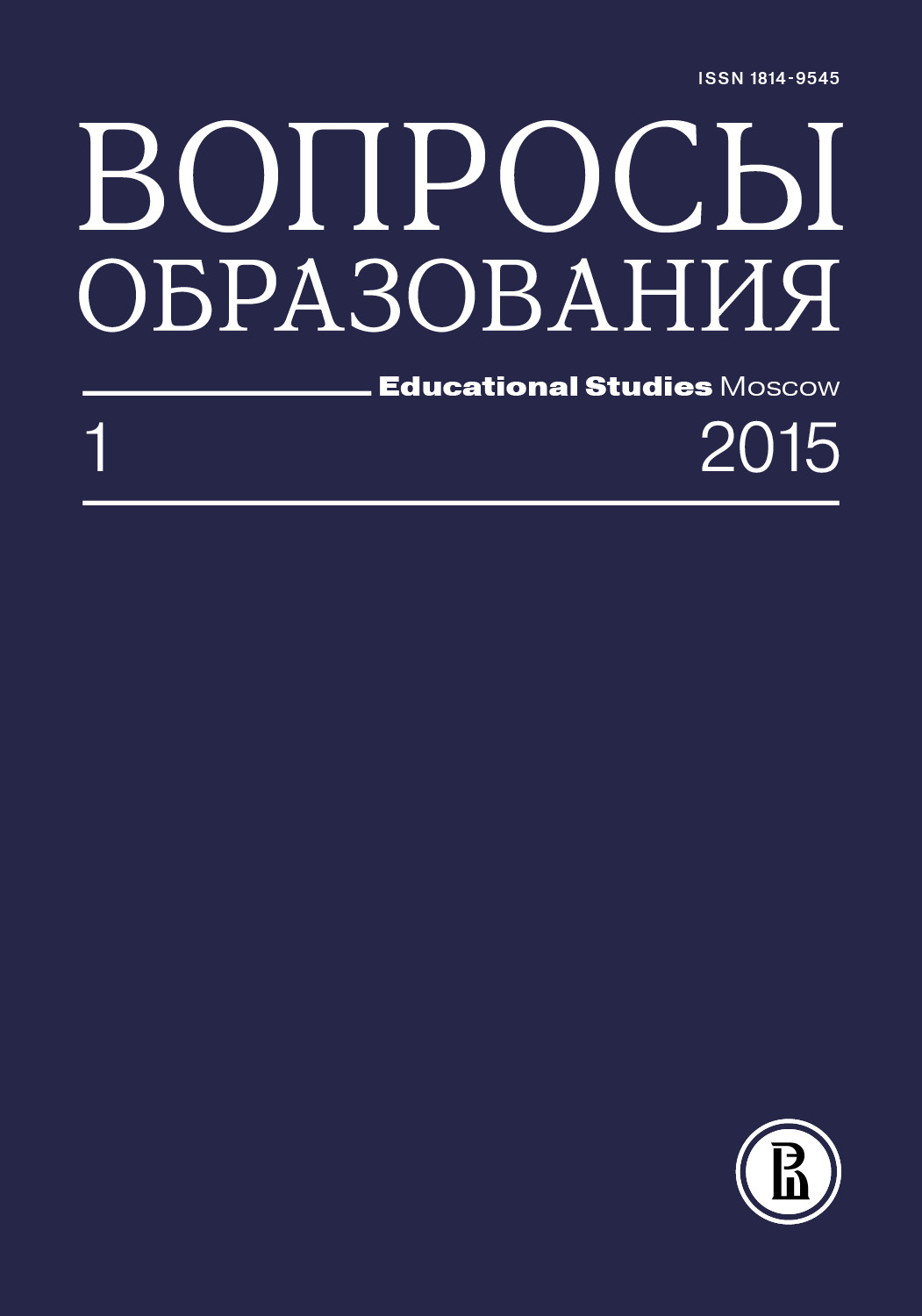Многообразие и диверсификация высшего образования: тенденции, вызовы и варианты политики
Аннотация
Анализируется развитие и изменение за последние полвека представлений о многообразии высшего образования, структуре систем высшего образования, институциональных паттернах их организации. Особое внимание уделяется сильным и слабым сторонам рейтингов университетов как одного из аспектов вертикального многообразия систем высшего образования и метода оценки эффективности высших учебных заведений. Автор считает, что страна, стремящаяся достичь равновесия в построении своей образовательной системы, настоятельно нуждается в выработке целенаправленной политики в области высшего образования. Ее составными частями должны стать не только конкуренция между университетами и подражание лучшим в том, что касается качества исследований, но и обеспечение горизонтального многообразия, поддержка преподавания, повышение социальной значимости высшего образования, усилия по повышению качества образования и роли университетов, не занимающих верхние строчки рейтингов.








